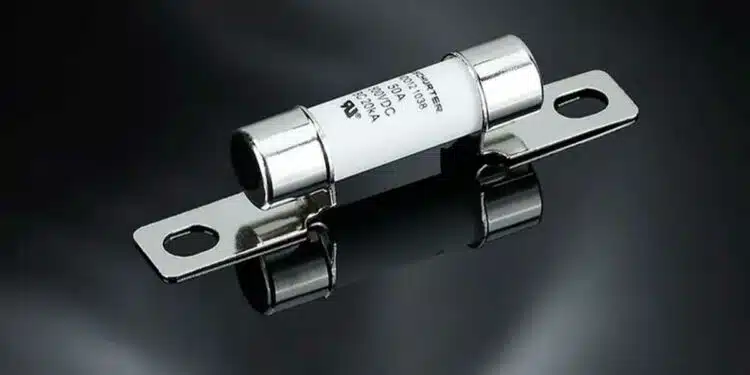SCHURTER unveils new ADO series fuses for high-performance electric vehicle applications.
SCHURTER announces the launch of its innovative ADO series fuses, specifically designed for direct current systems up to 1000 VDC.
With a rated current range from 10 to 63 A and a maximum operating current of 40 A at 1000 VDC, the ADO series sets a new standard in safety and efficiency for electric vehicle applications.
The ADO series boasts fast tripping characteristics, exceptional current-carrying capacity, and superior vibration resistance, making it an ideal choice for demanding automotive environments.
Certified by UL, these fuses incorporate advanced technological features, including a patented filler formulation and specialized curing processes, ensuring safe arc extinguishing and effectively preventing secondary arcing.
Versatile Mounting Options for Diverse Applications
Understanding the varied needs of the automotive industry, SCHURTER offers four distinct mounting options within the ADO fuse family. This includes a traditional variant for PCB assembly and three robust options for screw mounting, providing a secure mechanical fit even under intense vibration conditions. The screw-mounted variants also feature low contact resistance, making them perfect for high-current applications and offering easy maintenance with straightforward replacement after tripping.
Diverse Automotive Applications
The ADO series is tailored for a wide range of automotive applications, including:
- Battery Management Systems
- Onboard Chargers
- DC/DC Converters
- Air Conditioning Compressors
- PTC Heating Systems
- Various Control Systems (e.g., Motor Control)
SCHURTER’s new ADO fuse family is poised to enhance the safety and efficiency of electric vehicles, supporting the industry’s shift towards more sustainable and reliable energy solutions.































